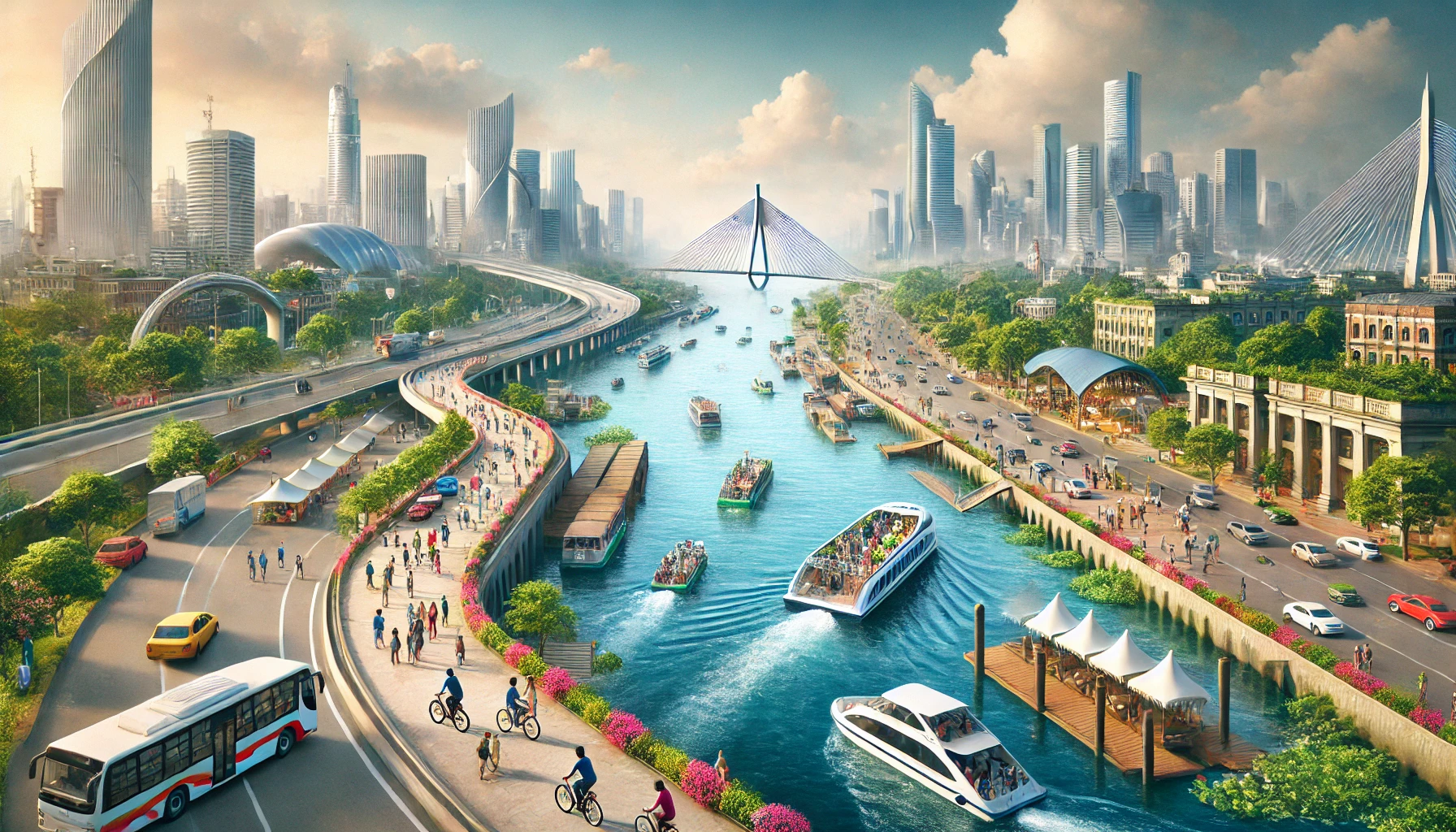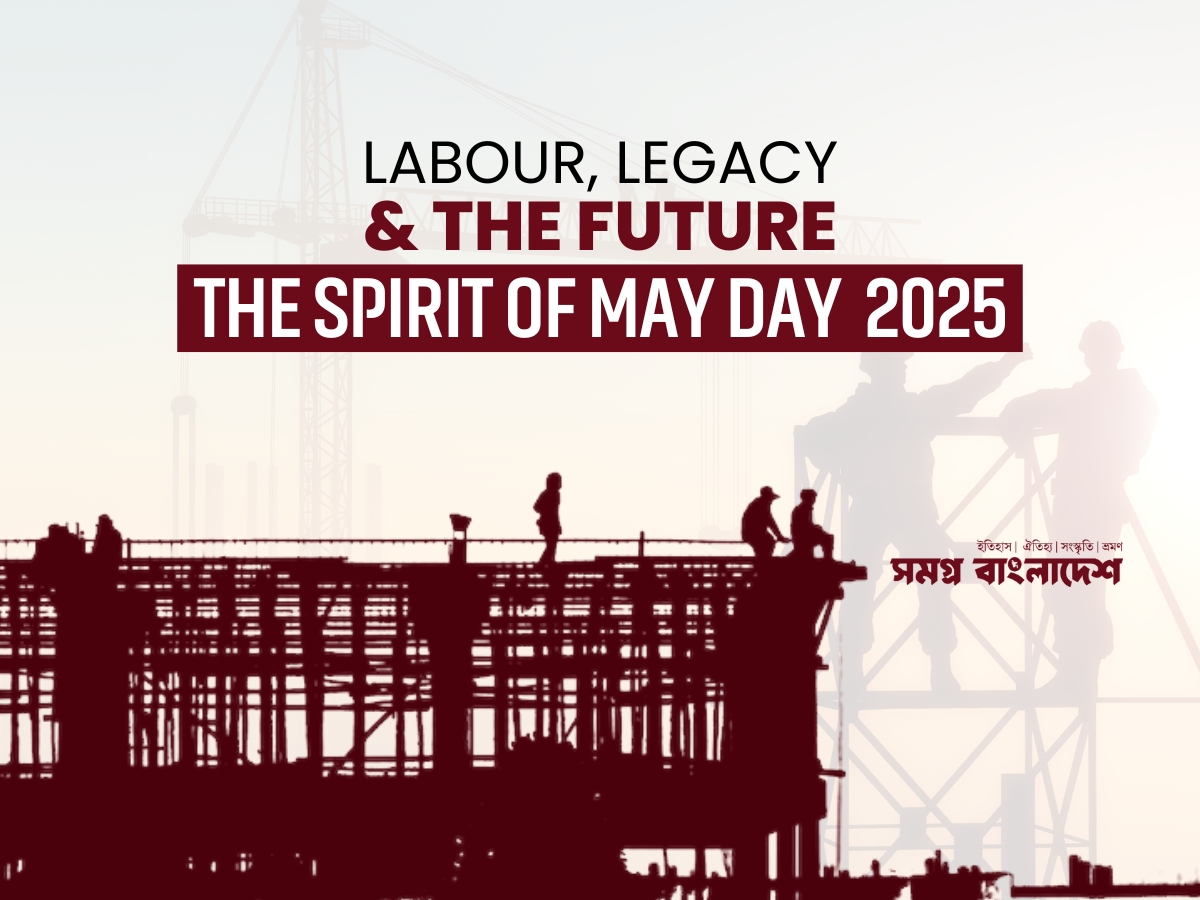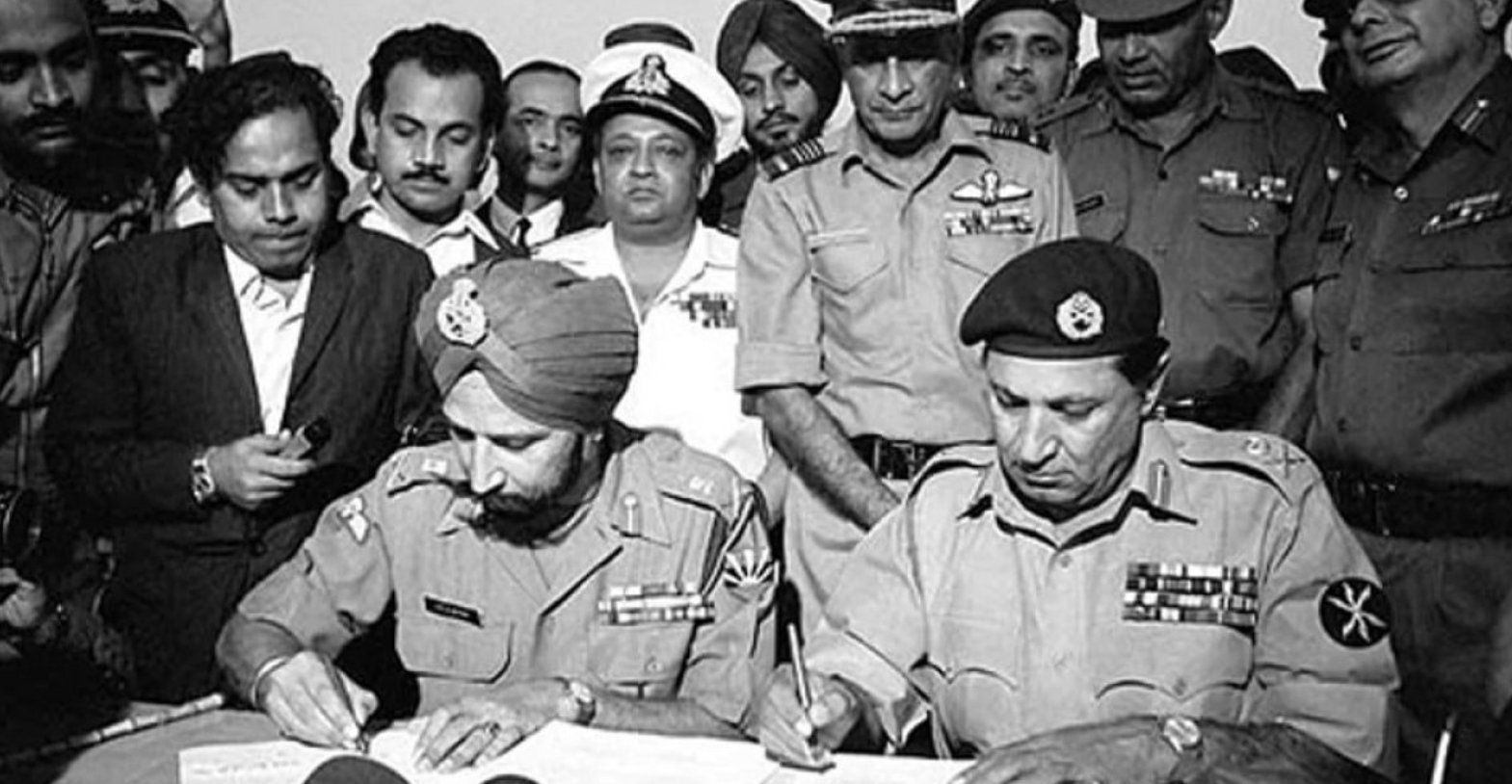Sadarghat, the beating heart of Dhaka’s river transport network, is a place of history, movement, and untapped potential. Once a vibrant hub of commerce and connectivity, this iconic riverfront has gradually succumbed to pollution, overcrowding, and neglect. The Buriganga River, which was once the lifeline of Dhaka, now struggles under the weight of unchecked waste and environmental degradation.
Yet, all is not lost. Across the world, cities have successfully rejuvenated their waterfronts, turning neglected spaces into thriving cultural and economic centers. Dhaka, too, has an opportunity to reclaim Sadarghat, transforming it into a modern, sustainable, and dynamic riverfront district. With the right vision and commitment, this historic gateway can once again become a source of pride, prosperity, and beauty for the city.
The Decline of Sadarghat and the Buriganga

For centuries, the Buriganga River was the beating heart of Dhaka. Sadarghat emerged as the primary point of connectivity, facilitating trade, communication, and movement. It was once a place where merchants from across Bengal would converge, exchanging goods and ideas. However, rapid urbanization, unregulated growth, and poor environmental policies have led to a severe decline in its condition.
Today, Sadarghat is marked by chaotic traffic, dilapidated infrastructure, unplanned settlements, and an overwhelming sense of disorder. The river itself is choked with industrial and domestic waste, severely impacting its ecosystem. Encroachments have further restricted access to the waterfront, robbing the city of its once-pristine connection to the river.
Despite these challenges, there is hope. Cities worldwide have successfully revitalized their waterfronts, and Dhaka can follow suit. With the right vision, policies, and commitment, Sadarghat can be reimagined as a dynamic urban space that seamlessly blends history, culture, economy, and sustainability.
Reimagining Sadarghat: A Blueprint for Change
A revitalized Sadarghat should be more than just a ferry terminal—it should be a carefully designed riverfront district that integrates commerce, recreation, culture, and modern infrastructure. Some key interventions that could make this transformation a reality include:

1. Establishing a Riverfront Development Authority
To ensure sustainable planning and long-term maintenance, a specialized body should be formed to oversee the development and governance of the riverfront district. This authority would be responsible for urban planning, environmental protection, and economic activities, ensuring that the area remains well-maintained and functional.
2. Restoring the Buriganga and Creating a Green Corridor
Cleaning up the Buriganga must be a top priority. Industrial and domestic waste management policies should be strictly enforced, and initiatives such as floating wetlands, bio-filtration systems, and tree plantations along the riverbanks should be implemented. A green corridor along the river would not only enhance the environmental quality but also provide recreational spaces for residents.
3. Creating a Pedestrian-Friendly Riverfront Promenade
One of the most effective ways to reconnect people with the river is by developing a pedestrian-friendly promenade along its banks. This should include:
- Shaded walkways and cycling tracks to encourage non-motorized transport.
- Parks, gardens, and public seating areas for relaxation and social interaction.
- Cultural and historical sites integrated into the design, such as Ahsan Manzil and Shakhari Bazar, to preserve Dhaka’s heritage.
4. Modernizing the Ferry Terminal and Public Transport System
Sadarghat’s current terminal is overcrowded and inefficient. A state-of-the-art ferry terminal with organized boarding areas, digital ticketing, and proper sanitation facilities could vastly improve the passenger experience. Additionally, a river bus network could be introduced, connecting key locations such as Gabtoli, Narayanganj, and Tongi to reduce congestion on Dhaka’s roads.
5. Developing a Thriving Economic and Commercial Hub
A well-planned commercial zone can replace the existing haphazard market structures. This can include:
- Modern retail spaces and business centers catering to both local traders and global investors.
- Floating markets and restaurants that provide unique cultural and culinary experiences.
- Tourism-friendly initiatives, such as guided boat tours, historical walks, and cultural performances.
6. Integrating Smart Urban Solutions
The redevelopment of Sadarghat should incorporate modern urban solutions, including:
- Smart waste management systems to keep the area clean and reduce pollution.
- Renewable energy sources, such as solar-powered lighting along the riverfront.
- Digital navigation and information centers for tourists and commuters.
The Socio-Economic Impact of a Revitalized Sadarghat
Transforming Sadarghat into a world-class riverfront district would have far-reaching benefits for Dhaka:
- Boosting tourism and investment, creating thousands of jobs in retail, hospitality, and transport.
- Improving public health by reducing pollution and increasing access to open spaces.
- Enhancing mobility and connectivity, reducing traffic congestion in other parts of the city.
- Reviving cultural heritage, fostering a sense of pride and identity among Dhaka’s residents.
A Call to Action: The Time to Act is Now
The vision for a transformed Sadarghat is not an impossible dream. Cities like Seoul, Istanbul, and New York have successfully rejuvenated their waterfronts through visionary leadership and strategic planning. Dhaka must now rise to the challenge. This transformation requires collaboration between government agencies, urban planners, architects, businesses, and local communities.
Sadarghat has the potential to be more than just a transit point—it can be a landmark destination, a hub of cultural and economic activity, and a model for urban renewal. The future of Dhaka’s riverfront lies in our hands, and the time to act is now.
Will we let Sadarghat continue to deteriorate, or will we reclaim it as a beacon of progress and sustainability? The choice is ours.




